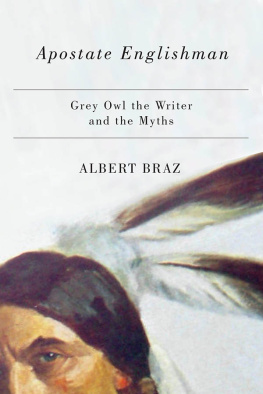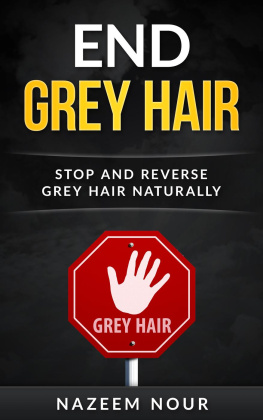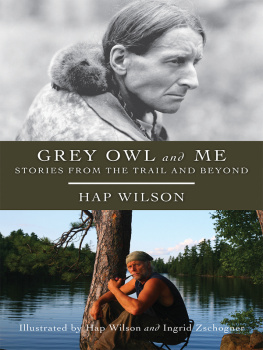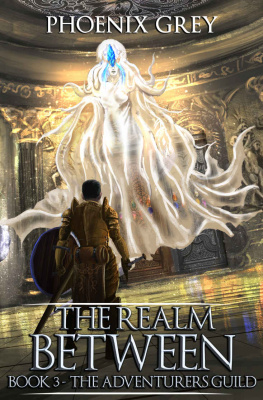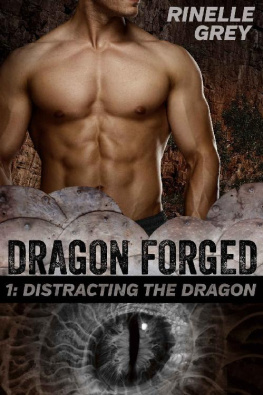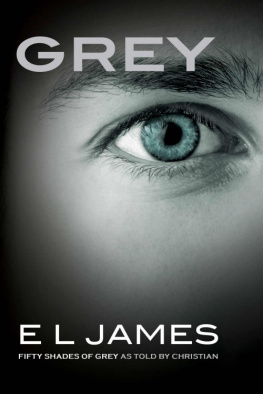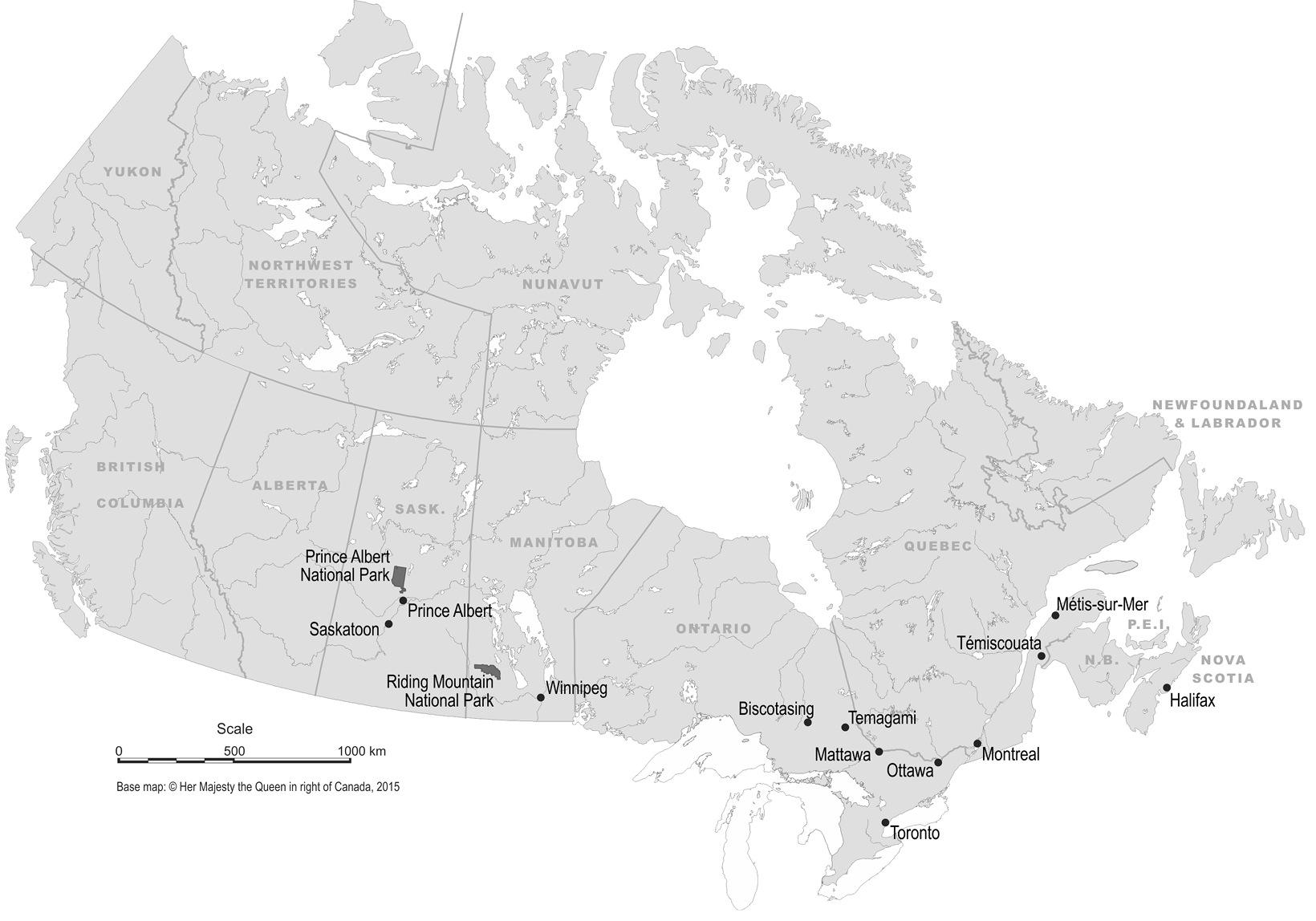Apostate Englishman
Grey Owl the Writer and the Myths
ALBERT BRAZ
University of Manitoba Press
Winnipeg, Manitoba
Canada R3T 2M5
uofmpress.ca
Albert Braz 2015
Printed in Canada
Text printed on chlorine-free, 100% post-consumer recycled paper
19 18 17 16 15 1 2 3 4 5
All rights reserved. No part of this publication may be reproduced or transmitted in any form or by any means, or stored in a database and retrieval system in Canada, without the prior written permission of the University of Manitoba Press, or, in the case of photocopying or any other reprographic copying, a licence from Access Copyright (Canadian Copyright Licensing Agency). For an Access Copyright licence, visit www.accesscopyright.ca, or call 1-800-893-5777.
Cover image: Portrait of Grey Owl by John Lavery, 1935 (Illustrated London News, 28 November 1936)
Cover design: David Drummond
Interior design: Karen Armstrong Graphic Design
Library and Archives Canada Cataloguing in Publication
Braz, Albert, 1957, author
Apostate Englishman : Grey Owl the writer and the myths / Albert Braz.
Includes bibliographical references and index.
Issued in print and electronic formats.
ISBN 978-0-88755-778-1 (pbk.)
ISBN 978-0-88755-504-6 (pdf )
ISBN 978-0-88755-502-2 (epub)
1. Grey Owl, 1888-1938. 2. ConservationistsCanadaBiography. 3. Nature writersCanadaBiography. 4. Natural history literature CanadaHistory20th century. 5. Passing (Identity) in literature. 6. Indians in literature. 7. Culture in literature. 8. Politics in literature. I. Title.
E90.G75B73 2015 639.9092 C2015-903494-9 C2015-903495-7
The University of Manitoba Press gratefully acknowledges the financial support for its publication program provided by the Government of Canada through the Canada Book Fund, the Canada Council for the Arts, the Manitoba Department of Culture, Heritage, Tourism, the Manitoba Arts Council, and the Manitoba Book Publishing Tax Credit.
To Ali and Jon, with love and gratitude
Contents
List of Illustrations
Map
Preface
A project like a book cannot be written without the assistance of many people, assistance that sometimes is provided inadvertently. This is certainly what happened with Apostate Englishman: Grey Owl the Writer and the Myths. Early in 2000 I happened to be meeting with John Wadland, then the director of the Frost Centre for Canadian Studies and Native Studies at Trent University. When he learned that I was preparing an essay on Armand Ruffos poetic biography of Grey Owl, later published as The White Indian: Armand Garnet Ruffos Grey Owl and the Spectre of Authenticity, he invited me to present it at Trents annual Temagami reunion, at Camp Wanapitei, Ontario, in the heart of Grey Owl country. Wadland then informed me that Gary Potts, the former leader of the Temagami First Nation and the Teme-Augama Anishnabai, was doing graduate studies at the Frost Centre and might attend my talk. This was a prospect that both excited me and triggered considerable anxiety, since at that early stage of my research I had no idea whatsoever how Indigenous people in the area felt about their long dead but still controversial English-born visitor.
The Temagami reunions are designed to help participants understand the land in light of Indigenous and ecological issues, and one of their aims is to introduce international students and scholars to Canadian culture. So, during the day there are guided hiking and canoe trips and in the evening there are lectures and other cultural activities. My talk was held at the historic Temagami Lodge. As I discussed Ruffos long poem, I underscored that it provides a surprisingly sympathetic portrayal of the subject, which is significant considering that Ruffo is not only Anishinaabe but actually comes from a familythe Espaniels of Biscotasingthat welcomed the man then known as Archie Belaney into their midst during his early days in Canada. I also kept glancing around the room for signs of Potts but, perhaps because the lighting was somewhat limited, I could not spot him. However, once the presentation ended, there was a question from the back of the room. The speaker identified himself as Gary Potts and, after thanking me for my talk, proceeded to state that the critical response to Grey Owl is extremely hypocritical. He claimed that when Indigenous people are assimilated into the white world, white people show no concern. But whenever a white person chooses to identify with Indigenous culture over his or her own culture, it troubles them to no end. In other words, suggested Potts, what disturbs many white critics about Grey Owl is not voice appropriation but cultural apostasy.
Pottss intervention at Camp Wanapitei was clearly a fateful moment in my research on Grey Owl, leading me to explore the possibility that the at-times vitriolic response to the beaver champions ethnocultural transformation may not just be about him. Of course, the fact that I was already presenting a paper called The White Indian indicates that I was receptive to that interpretation. Indeed, in many ways, the catalyst for my investigation of Grey Owls writings and the evolution of his cultural image was the poetic biography by Ruffo. After all, it was my reading of Grey Owl: The Mystery of Archie Belaney that compelled me to start exploring what the conservationist had actually written and the relation between those writings and the ever-increasing representations of him.
While this study examines both the writings and the image of Grey Owl, it is very much centred on Grey Owl the writer. As I will show, Grey Owl owes much of his popularity with readers to his writing style. He possesses a rich vocabulary and can write eloquently. But his spelling is somewhat idiosyncratic, notably his predilection for capitalizing words such as Nature and Wilderness. However, with the exception of the occasional misspelling or grammatical error, I reproduce his texts as he published them. Also, as befits a study of the representations of Grey Owl, I obviously refer to numerous texts about him. But I wish to highlight my extensive reliance on two particular books: Wilderness Man: The Strange Story of Grey Owl (1973), by his London-based publisher and promoter Lovat Dickson, and From the Land of the Shadows: The Making of Grey Owl (1990), by the (now retired) University of Calgary historian and biographer Donald B. Smith. These are the two main biographies of Grey Owl and my reconstruction of his life and times is inconceivable without them.
I would like to take advantage of this opportunity to express my gratitude to everyone who, directly or indirectly, has supported my project. In addition to John Wadland and Gary Potts, as well as Armand Ruffo, I wish to thank the editors of the publications where different versions of my work on Grey Owl have appeared over the years: Stephen Bocking, Julie Rak, Janice Fiamengo, Julie A. Smith, Robert W. Mitchell, and David Jarraway. Thanks are also in order to the colleagues who, in various ways, assisted me during my research: Devon Bryce, Misao Dean, Shalene Jobin, Carolyn Kapron, Martin Kuester, Linda Quirk, Jennie Rubio, Mary Henley Rubio, Asma Sayed, Carl Spadoni, Elspeth Tulloch, and Tracy Ware. No less important, I would like to thank the staffs at the Bruce Peel Library at the University of Alberta, the Glenbow Archives, and the William Ready Library at McMaster University; the staff at the University of Manitoba Press, especially Glenn Bergen, David Larsen, and David Carr, who encouraged me to write this study for years and who waited patiently for me to complete it; and, for her understanding, my former chair in the Department of English and Film Studies at the University of Alberta, Susan Hamilton.

